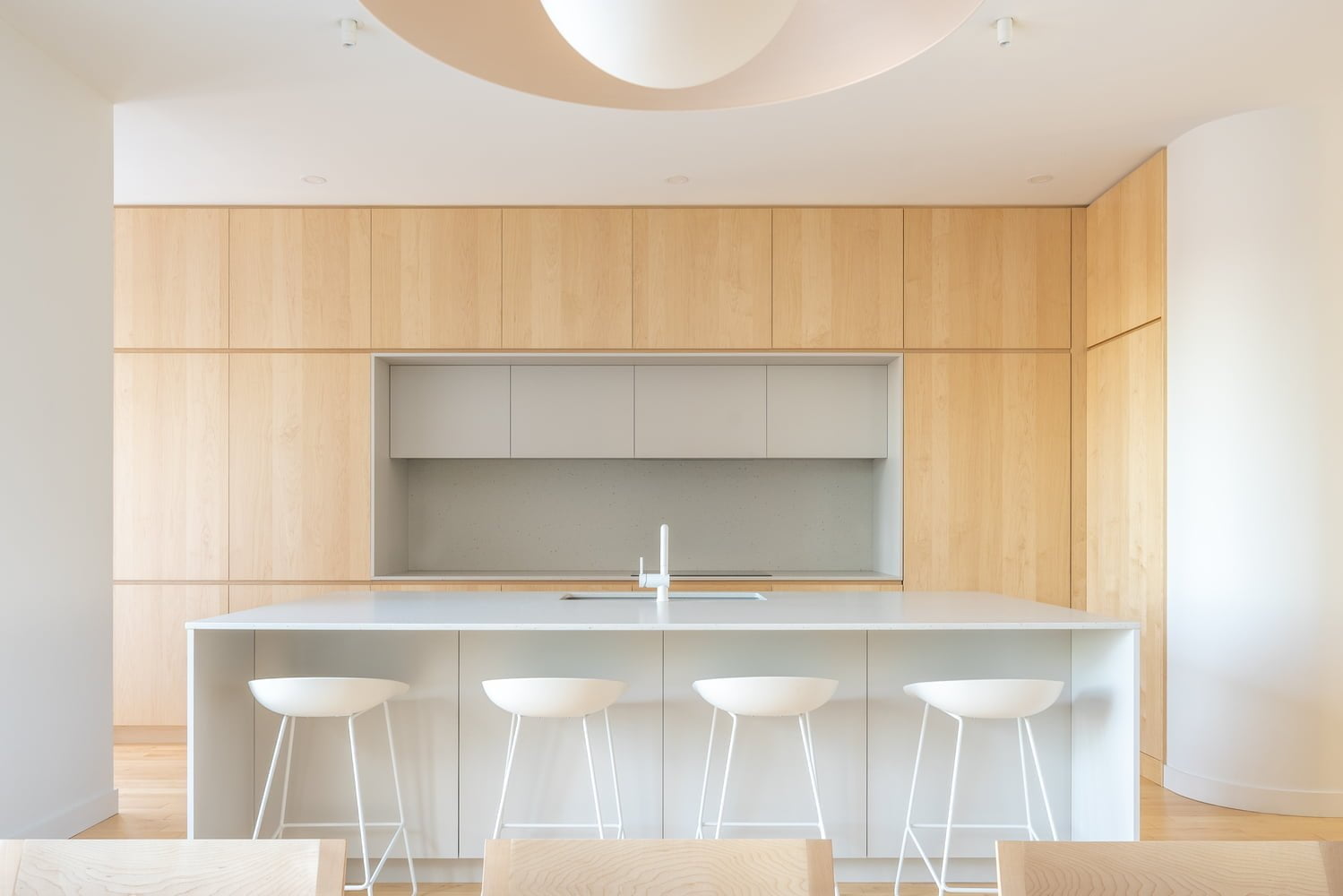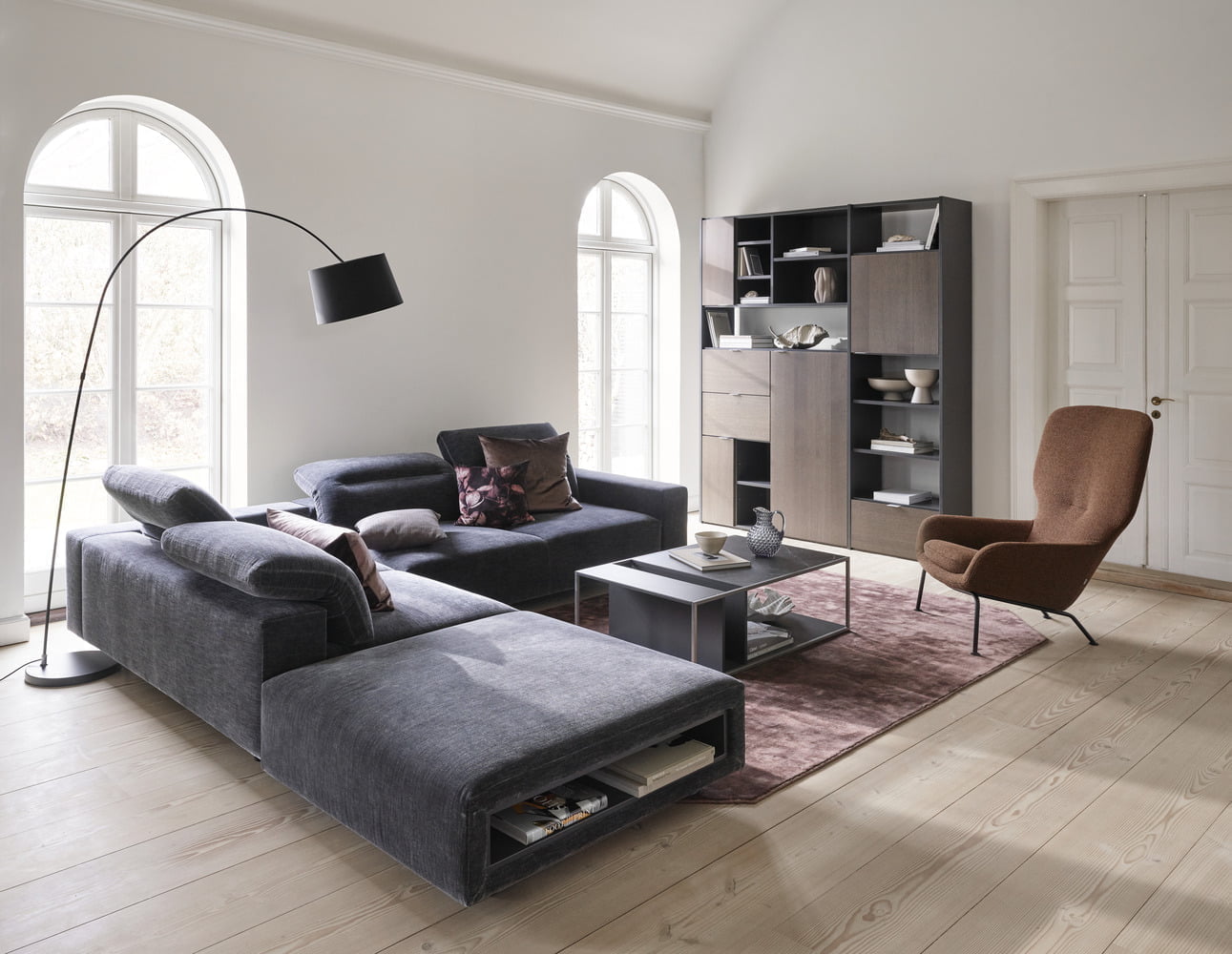You may have thought that interior design in Japan and Northern Europe doesn’t have much in common, but when it comes to design elements, they are more alike than you think. The aesthetics of each individual focus on simplicity, natural elements, and comfort, so it’s no surprise that we see more and more designers combining two design styles and calling it ‘Japandi style’ (or Japanese and Scandinavian). B.O.D Architecture & Interior Design predicts that the Japandi style will continue to dominate the interior design trend in 2023 and for many years to come.”
So, what is the Japandi style?
The Japandi style is a fusion of the functionality of Northern Europe (Scandinavian) and the rustic minimalism of Japan to create an artistic, natural, and simple feeling. This combination results in a perfect blend of function and form, focusing on clean lines, bright spaces, and gentle colors.
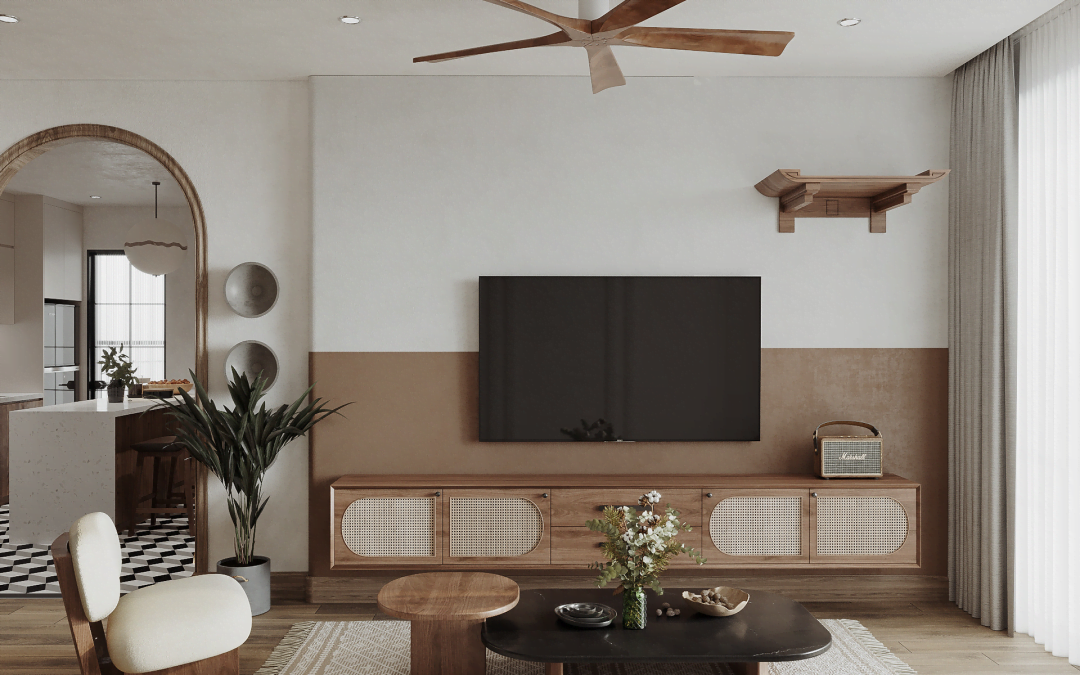
Japandi style in interior design - Living room.
Characteristics of the Japandi style.
- The Japandi style is characterized by exquisite craftsmanship, focusing on quality and handmade products rather than disposable, budget structures.
- You will also see a lot of neutral colors and paint choices to complement Japandi furniture and accessories. Soft, serene, and tranquil color palettes are often chosen, and when brighter colors are combined, they become incredibly meaningful and sophisticated.
- Additionally, the Japandi style often emphasizes sustainability. The popularity of natural materials and simple design makes it an excellent green decor style. With an increasing number of consumers leaning towards environmentally-friendly aesthetics, it’s no surprise that Japandi is becoming popular.
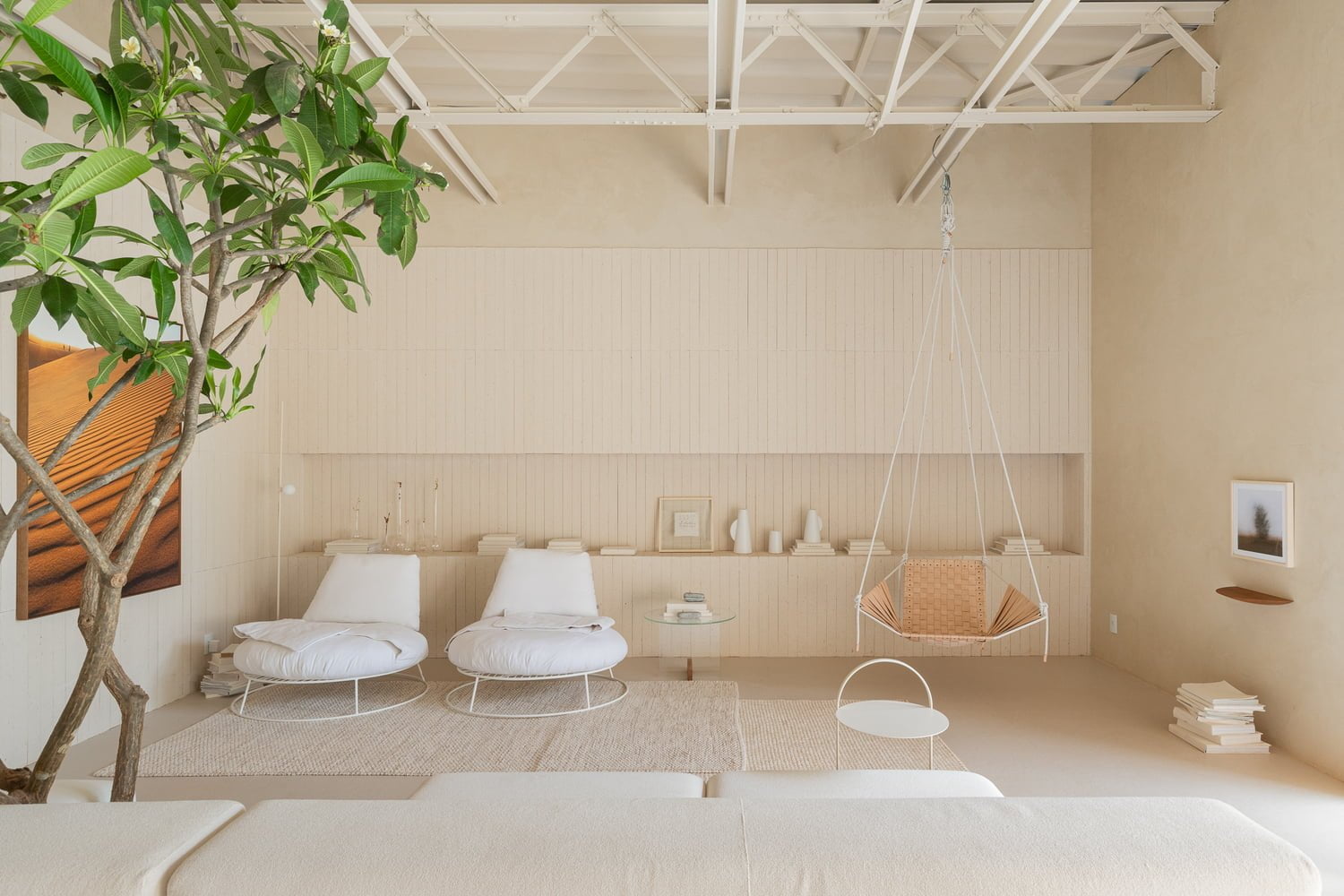 Japandi Style.
Japandi Style.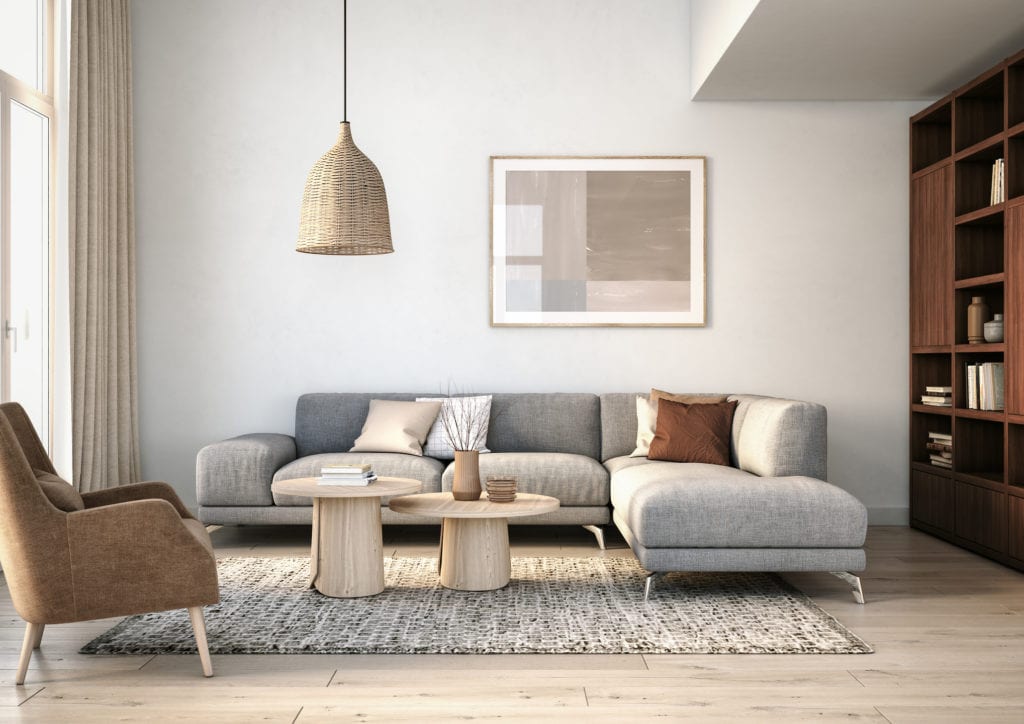 Modern Style.
Modern Style.- The Japandi style often emphasizes sustainability. The popularity of natural materials and simple design makes it an excellent green decor style. With an increasing number of consumers leaning towards environmentally-friendly aesthetics, it’s no surprise that Japandi is becoming popular.
- If you’re familiar with Northern European style, you’ve surely come across the concept of ‘hygge’. This is the Northern European concept of coziness in design, which has been increasingly popular in the United States in recent years. Fundamentally, your home should be your sanctuary, evoking a sense of comfort every time you step through the front door.
- Now, combine that idea with the Japanese concept of ‘wabi-sabi,’ the notion that there is beauty in imperfection, and you create a design marriage known as Japandi. The design styles of Japan and Scandinavia blend well together because both draw inspiration from simplicity and comfort. The shared aesthetic of both combines to create a style that is both approachable and sophisticated.
- And when two different approaches come together, their differences truly complement each other. While Japanese furniture has a beautiful design, Scandinavian furniture is rustic. The richer (yet still neutral) color palette of Japanese design helps maintain the clear, crisp color palette of Scandinavian homes without feeling stark or cold.
Explore more Japandi-style home designs: See more.

